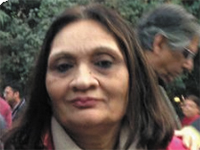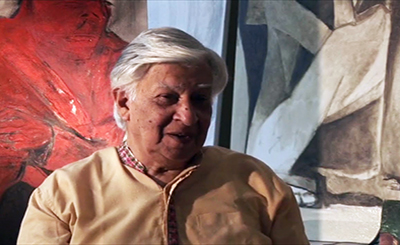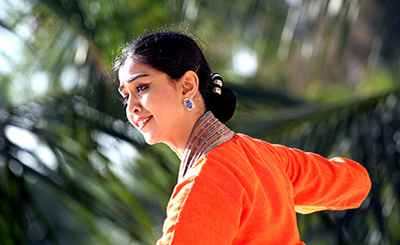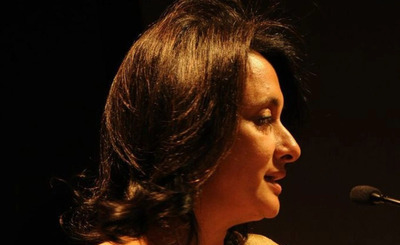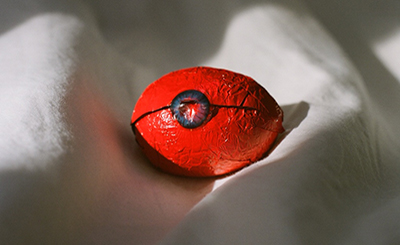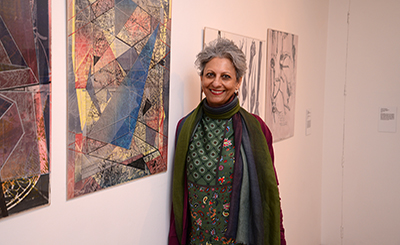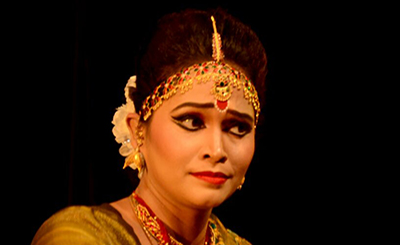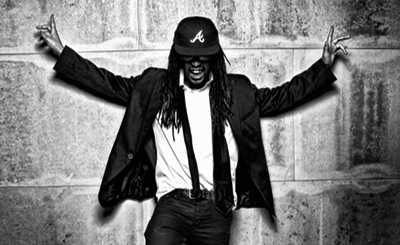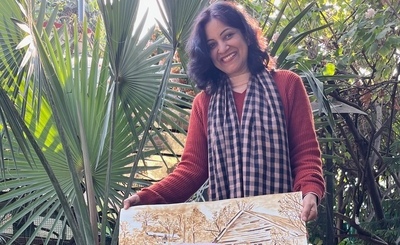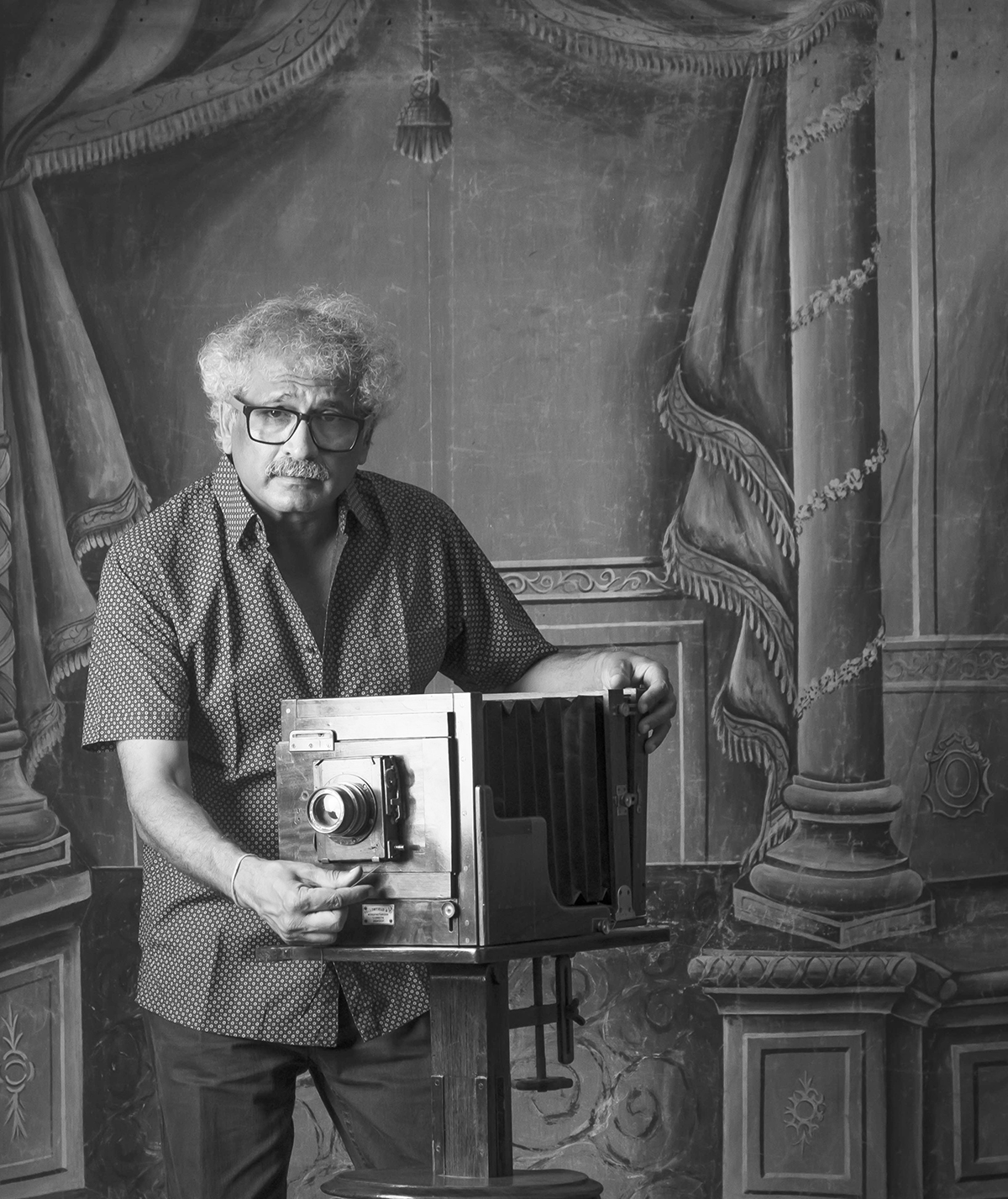
Aditya Arya, collector and director, Museo Camera. Photos: Museo Camera
The museum takes you on a magical mystery tour, tracing the history of photography and the incredible world of cameras over the ages
As you walk into the world-class museum Museo Camera: Centre for the Photographic Arts in Gurugram, you encounter a fascinating world of photography, emanating from the passion of its creator, collector and director Aditya Arya. The museum takes you on a magical mystery tour, tracing the history of photography and the incredible world of cameras over the ages. There are more than 2,500 cameras, hundreds of original prints and photographic equipment from the year 1850 on display. Besides, there are galleries, mock studios, dark rooms, seminar rooms, libraries, spread over 18,000 square ft on three floors.
This futuristic building was once a badminton court run by the Municipal Corporation of Gurugram. After viewing Arya’s impressive collection of cameras, in his basement, the Haryana government collaborated with Arya to create a museum for the cameras and photographic arts. In the months that followed, Arya meticulously transformed the badminton court into this incredible museum with the help of designer Gopika Chowla and industrial designer Amit Gulati. It is now regarded as the exceptional, first-rate museum in South East Asia.
Arya had a hands-on attitude towards the making of the museum. “I travelled miles to check out the pipes, steel girder and other things that were being supplied to us. After seeing my passion, and my attention to detail, the government relied on me to supervise the construction and set up the museum. Haryana government has financed the infrastructure. For the interiors of the museum, I went for crowdfunding. I have provided the camera equipment, photographs, history and prints.
Arya’s unusual trajectory displayed a sense of purpose and determination. “As a kid, I was very interested in opening up things and seeing how they worked. My father was head of the Hindi and Sanskrit Department at the University of Delhi, and we were the only family living in the campus. I had free access to the library at the St Stephen’s College. I would flip through magazines and became deeply interested in photography and wanted to travel. I discovered that if you are a photographer you could go all over the world.” At the age of 16, Arya became an apprentice to celebrated photographer Kulwant Roy. He was washing his prints and was exposed to the process of printmaking. “I accompanied photographer Avinash Pasricha for six months on his photographic excursions. At the same time, I became fascinated by history and studied it at St Stephen’s College, followed by a long stint in advertising. At 20, I got a call from a friend inviting me to Bombay to take on the mantle of a still photography for Kundan Shah’s Jane Bhi Do Yaaron, starring Naseerudin Shah. It was a great learning experience but somehow I was not fascinated by Bombay.”
Arya wanted to create something of his own. He began collecting cameras, reading about them, dismantling them, and in the process, trying to understand their mechanism. He began picking up pieces at second-hand markets from kabaadiwalas and antique markets like Portebello Road market in London. “During one of my visits to Portobello Road market, I discovered a box kept on a corner shelf. When I asked for it, the owner realised I had recognised it to be Lucida camera. It is believed that the neoclassical portraits of the 19thcentury, such as Jean Auguste- Dominique Ingres could have only been made with the first ever camera called Lucida. After quoting a huge price, the shop owner brought the price down and said that it was his contribution to the museum. Sometimes, it seems that if you want something very badly, the world does you a favour and lets you have it.”
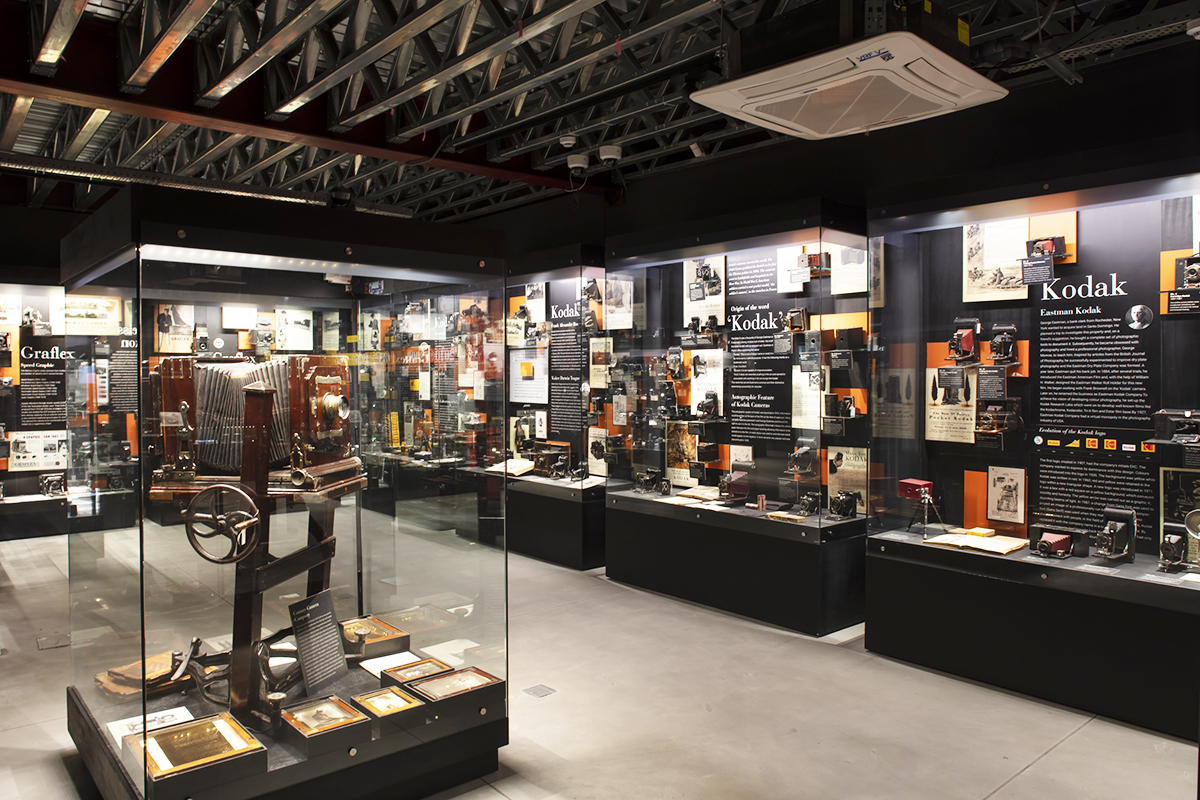
There are more than 2,500 cameras, hundreds of original prints and photographic equipment from the year 1850 on display.
Visual stories are priceless documentation of our history. India’s Independence Movement has been meticulously documented in photographs: the images of Gandhi’s Salt March, Satyagraha Movement, and Quit India Movement are memorable moments that can never be erased from our memory. The tragic journey of India’s Partition that show train loads full of humanity and people walking for miles, to move from one country to another, are definite reminds of the horrors of that time, just as were the images of the Holocaust. This museum highlights the historical value of photographic archives and collections. Thomas and William Daniell captured the Jama Masjid, Ajanata and Ellora Caves, Madurai, Mysore of yesteryears in their aquatints. Lala Deen Dayal’s photographs of the Indian Royal families, ancient mosque, and a temple takes us back to India a hundred years ago. On a personal level, photographs serve as tangible memory of our parents and people we have loved and lost.
Arya has used his creativity in making the museum a “happening” place in Gurugram. There are several events lined up for this purpose. There are openings for art exhibitions, music programmes and the very busy farmer’s market on the weekends. There is also a small open library that offers you the opportunity to read books or art magazines. The setting is ideal for holding a corporate party. The installations of the cycle rickshaw and ambassador car at the entrance of the museum are both original and welcoming. Besides this, he has started is an education programme through “Art of Storytelling”. The programme engages with a group of 15 children from surrounding villages for over 12 weeks. The children have been having a mix of theory and practical lessons on Mobile Photography and they have an opportunity to develop their own unique styles! “We are extremely grateful to Murthy Nayak Foundation and Vasant Nayak for collaborating and supporting this wonderful initiative,” he says.
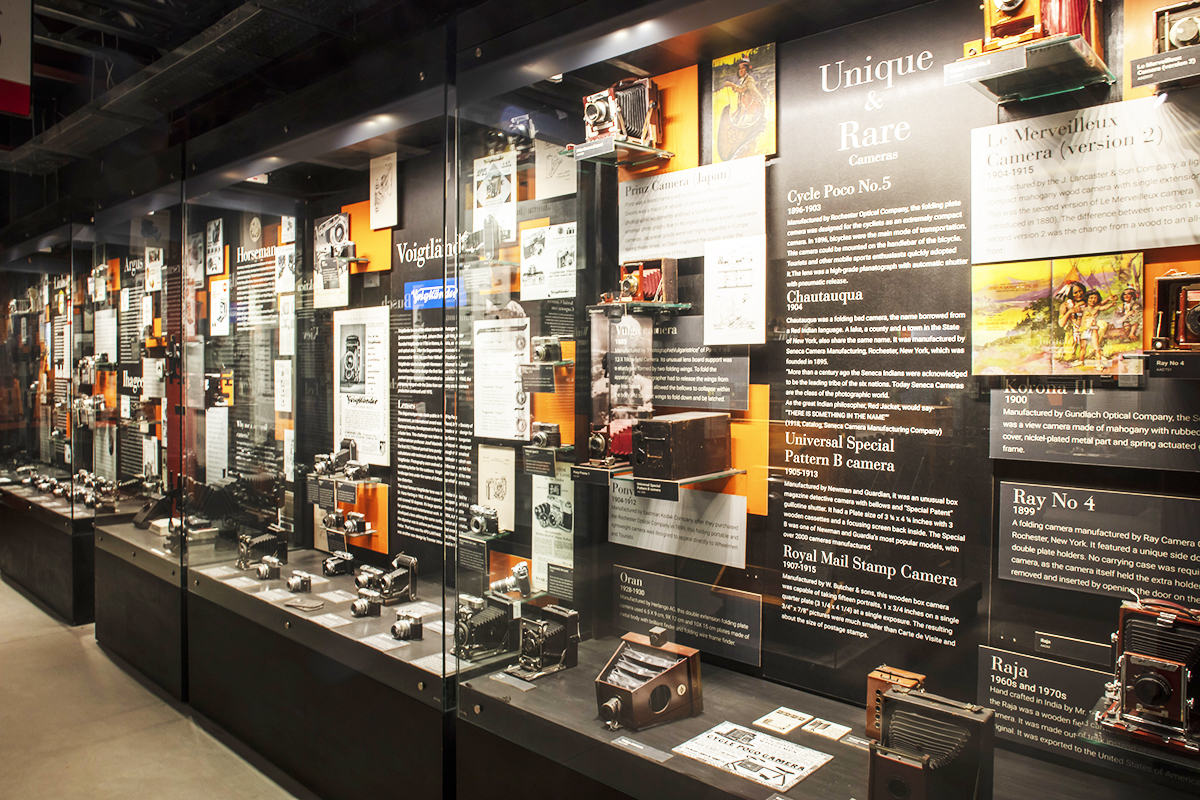
The museum is spread over 18,000 square ft on three floors.
There is a great deal of information available in this museum that would be difficult to digest in one visit. It’s interesting to learn that “in the early days the images were called “Likeness”. John Frederick William Herschel gave it the name “photography.” In ancient Latin, “Camera Obscuro ” means Dark Room. Experiments with salt and albumen resulted in extraordinary images. This was just the beginning…
By creating this amazing museum of cameras Arya instills a positive energy in everyone who visits it. He empowers you with a notion that even your dream can come true. So dream on…
(Lucida-was an optical instrument patented in 1806 by William Hyde Wollaston to facilitate accurate sketching of objects. It consists of a four-sided prism mounted on a small stand above a sheet of paper. By placing the eye close to the upper edge of the prism so that half the pupil of the eye is over the prism, the observer is able to see a reflected image of an object situated in front of the prism. He can then trace the image with a pencil.)
More from Arts
Comments
*Comments will be moderated
Are u still looking for old cameras and what other stuff would u like are u also collecting old garments
Renuka taneja
Jul 6, 2021 at 11:14



